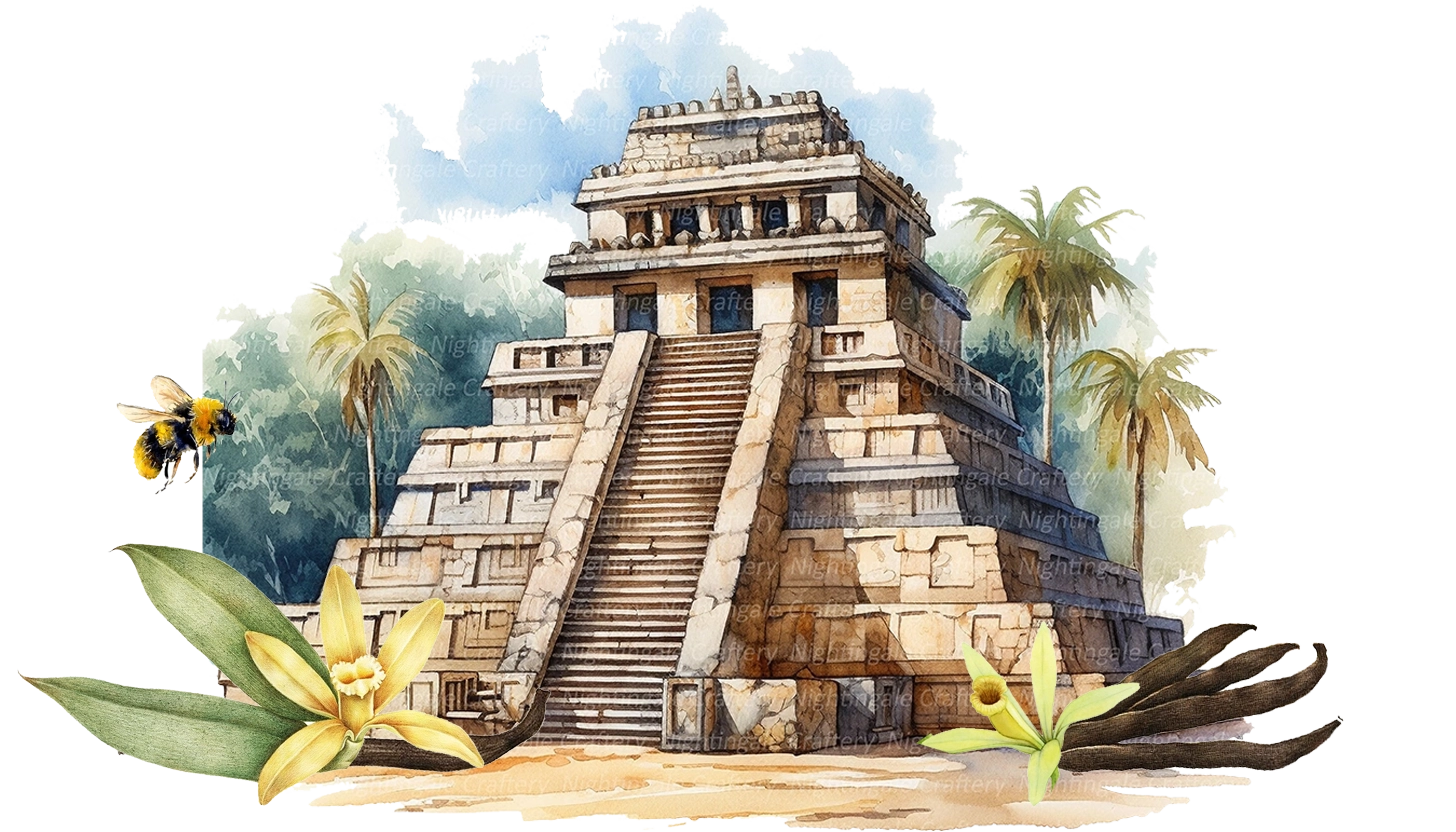Interesting Facts About Madagascar Vanilla Beans
Dive into the world of Madagascar Vanilla, where lush orchids produce beans known for their rich, creamy flavor and captivating aroma.

0
Madagascar is the world’s leading producer of vanilla, responsible for approximately 80% of the global supply.
0
Madagascar produces approximately 1.2 to 2 million kg of vanilla annually, depending on the season and weather conditions.


0
The vanilla industry in Madagascar provides employment for around 80,000 to 100,000 people, from farming to processing and export.
The History of Vanilla
Vanilla’s journey through history is marked by exploration, cultural exchange, and its enduring appeal in culinary traditions.

The Origins of Vanilla
- Pre-1400s
Vanilla's journey began in the tropical regions of Mexico, where it was first cultivated by the Totonac people. They were later conquered by the Aztecs, who adopted vanilla and used it to enhance the flavor of their chocolate drinks. The Aztecs called it "tlilxochitl," which means "black flower," referring to the color of the mature vanilla bean.
Pre-1400s
Early 1500s

Introduction to Europe
- Early 1500s
When the Spanish explorer Hernán Cortés arrived in Mexico in the early 1500s, he was introduced to vanilla by the Aztec Emperor Montezuma. Cortés brought vanilla back to Europe, where it quickly became a sensation among the elite, who used it to flavor sweets and perfumes.

The Challenge of Vanilla Pollination
- 1500s - 1800s
For centuries, vanilla remained exclusive to Mexico due to its unique pollination process, which relied on a specific type of bee native to the region.
1500s - 1800s
1841

The Breakthrough in Vanilla Pollination
- 1841
It wasn't until 1841 that a young enslaved boy named Edmond Albius discovered how to hand-pollinate vanilla orchids on the island of Réunion, an island located approximately 950 km east of the island of Madagascar. This breakthrough allowed vanilla cultivation to spread to other tropical regions, including Madagascar, which is now the world's leading producer.

Vanilla's Global Impact
- 1900s - Present
Today, vanilla is a staple in kitchens around the world, prized for its rich, complex flavor and aroma. It is used in a variety of culinary applications, from baking and confectionery to beverages and savory dishes. Despite the availability of synthetic vanillin, natural vanilla remains highly valued for its superior taste and quality.
1900s - Present